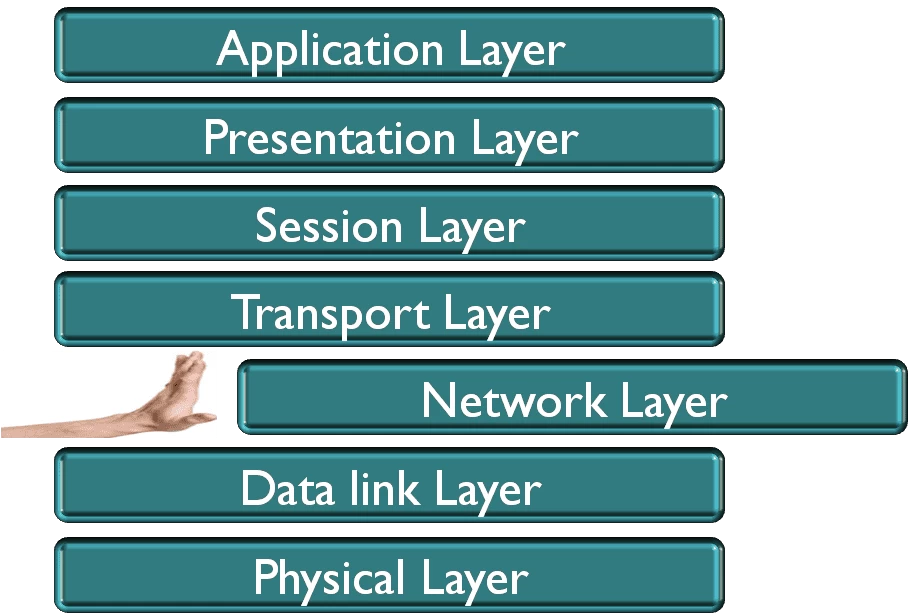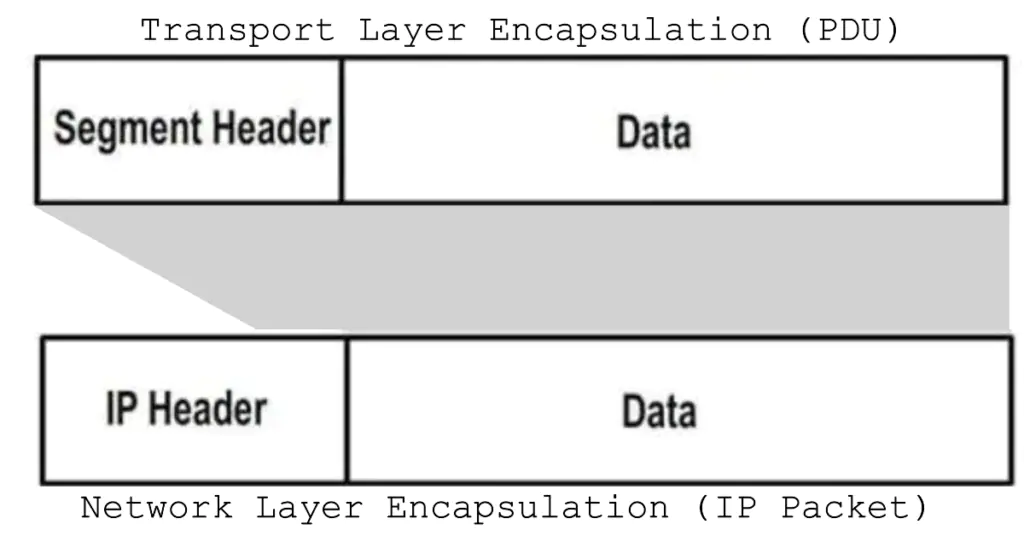Mastering the Network Layer: Functions and Evolution in 2025

The primary function of the network layer is to deliver packets from source to destination across multiple networks. It also specifies the packet structure and processing used to carry the data from one host to another. The layer routes the packet through different channels to the other end and acts as a network controller.
Analogy for Beginners
In 2025, with the rise of 5G and IoT, the network layer’s role has expanded to manage massive device connectivity, making its postal system analogy even more critical. Think of the Network Layer as the postal system of networking: IP Addresses = Mailing addresses, Routers = Sorting facilities, Routing Protocols = Postal route planners, TTL (Time to Live) = ‘Expiry date’ for undeliverable mail. In 2025, this system supports global IoT connectivity.”
The network layer also controls the operation of the subnet. If two computers are connected using the same link, then there is no need for this layer. It also provides addressing, encapsulation, and de-encapsulation services to permit end devices to exchange data across the network. The network layer’s primary functions, services, and protocols are as follows:
Addressing end devices
A source or destination device (e.g., computers, laptops, file servers, web servers, network printers, VoIP phones, security cameras, mobile devices) requires a unique IP address. In 2025, this is critical for managing billions of IoT devices. Without a unique IP address, data transmission across the network is impossible. Addressing the End device is necessary to identify the devices on the network.
Encapsulation
This Layer encapsulates the transport layer PDU into an IP packet, adding an IP header with source and destination addresses. This process supports both IPv4 and the increasingly adopted IPv6 for scalability. The header is used to carry the packet to the appropriate host. The IP header remains in the packet until it arrives at the destination host. The figure below illustrates how the transport layer protocol data unit (PDU) is encapsulated by the network-layer protocol data unit (PDU) to create an IP packet.

The process of encapsulating data, layer by layer, enables the services at the different layers to grow and scale without disturbing the other layers. This means IPv4 or IPv6 efficiently packages the transport layer segments. Routers can apply these different layer-3 protocols to operate simultaneously over a network. The routing depends only on the contents of the network layer packet header. In all cases, the data portion of the packet, that is, the encapsulated transport layer protocol data unit (PDU), remains unchanged during the network layer processes.
De-encapsulation
When the packet is received at Layer 3 of the destination host, the host checks the IP header of the packet. If the destination IP address and the IP address of the header match. Then, the IP header is removed from the packet. Removing the IP Header process is called De-encapsulation. After the packet is de-encapsulated by the network layer, the resulting Layer 4 protocol data unit (PDU) passes upwards to Layer 4 or the transport layer.
Routing
The network layer routes packets to a destination host on another network. The router makes it possible for a packet from one network to travel to another network. The router’s job is to direct the packet to its best path toward the destination host. A packet may cross many intermediary devices before reaching the destination host. Each router crosses a packet to reach the destination host, which is a hop. As of 2025, routing in the network layer leverages AI-driven path optimization to handle the complexity of 400 Gbps networks and cloud infrastructures.
Network Layer Protocols
There are several network layer protocols, which are listed below. However, here we will discuss the first two protocols in the coming article, which are commonly known as the IP address of the device or computer:
- IPv4, also Internet Protocol version 4
- IPv6, also known as Internet Protocol version 6
- DDP, Datagram Delivery Protocol
- DVMRP, Distance Vector Multicast Routing Protocol
- ICMP, Internet Control Message Protocol
- IGMP, Internet Group Management Protocol
- IPsec, Internet Protocol Security
- IPX, Internetwork Packet Exchange
- PIM-DM, Protocol Independent Multicast Dense Mode
- PIM-SM, Protocol Independent Multicast-Sparse Mode
- RIP, also Routing Information Protocol
- RSMLT Routed-SMLT
In 2025, IPv6 adoption continues to grow, supporting the increasing demand for IP addresses in smart cities and IoT ecosystems.
FAQs
-
The network layer handles logical addressing (IP addresses), routing, and forwarding data packets between networks, ensuring efficient delivery in 2025’s high-speed environments.
IPv4 Packet Header - Networkustad
June 6, 2019 @ 6:09 pm
[…] Network Layer takes data Segments from Transport Layer and converts the segments into packets. IP packet encapsulates data unit received from above layer and add to its own IPv4 Packet header information as shown in the figure below. The IPv4 packet header has fields containing important information about the packet. These fields contain binary numbers which examined by the network layer processes. The binary values of each field identify various settings of the IPv4 packet. Protocol header diagrams, like the one shown in the figure below: […]
Introduction to Layer 3 Switch » Networkustad
August 25, 2019 @ 7:57 am
[…] packet forwarding between intermediate routers and different networks. The routers are working in layer 3 of the OSI model, but usually its seen that the routers are considerably slower than layer 2 […]
February 19, 2021 @ 1:26 pm
Livegovjob is a leading Job site for Freshers who seek employment opportunities in both Private and Government sectors in India. Livegovjob – We provides you all the latest official Sarkari Result, सरकारी रिजल्ट्स, Online Forms, Sarkari Naukri Jobs in various sectors such as Railway, Bank, SSC, Army, Navy, Police, UPPSC, UPSSSC & other sarkari job alerts at one place in 2020 -21.
sarkari result
OSI Model including its 7 Layer Introduction – NetworkUstad
September 16, 2021 @ 1:22 pm
[…] There are many routed protocols and routing protocols available. Some of the common ones are discussed in great detail later in the book. Routers function in this layer. Remember that routers only care about the destination network. They do not care about the destination host itself. The task of delivery to the destination host lies on the Data Link Layer. Read More […]